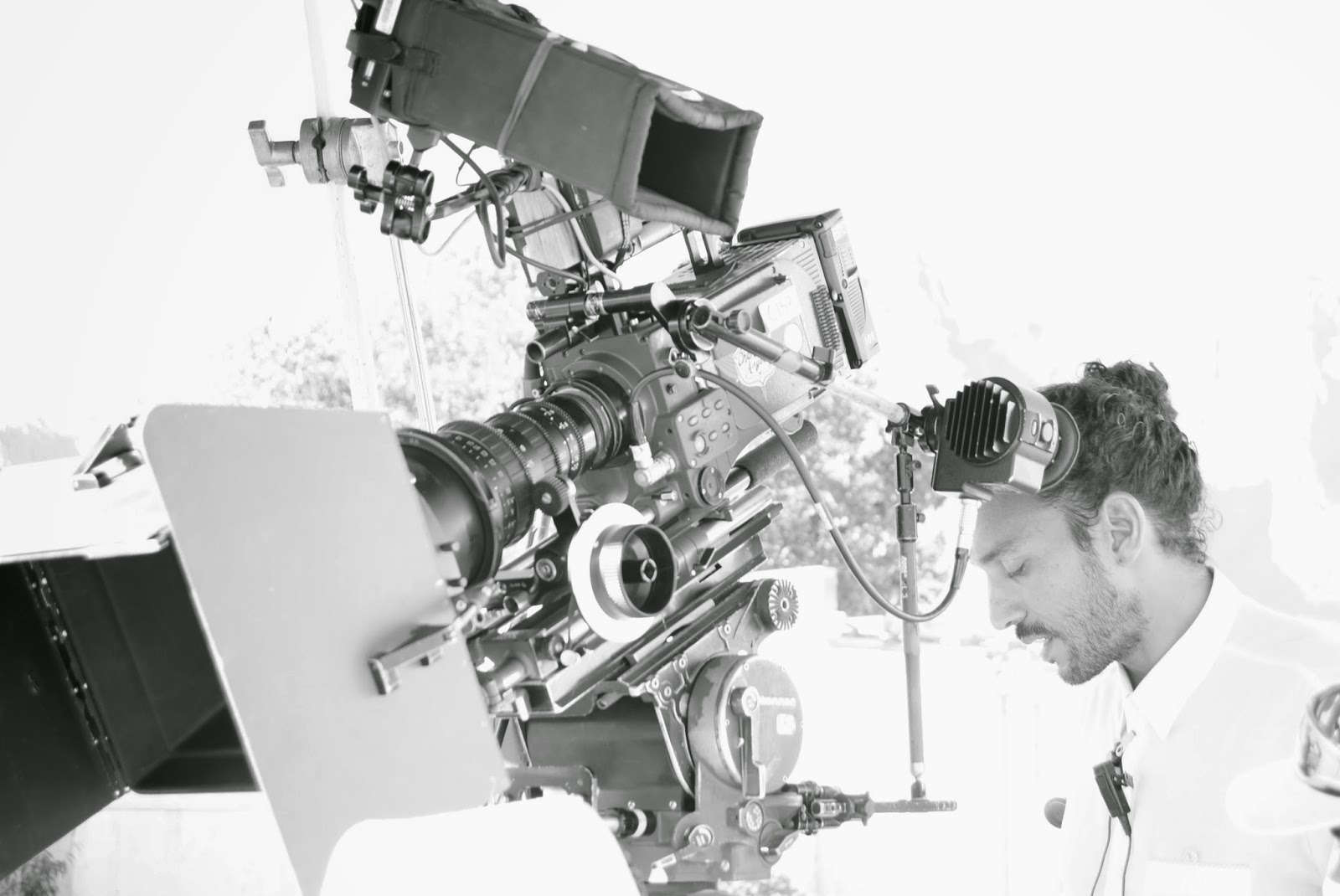Andre Steyn VFX
Tuesday, 21 July 2015
Wednesday, 6 May 2015
Sunday, 16 March 2014
Monday, 4 February 2013
6 Methods to freeze time.
freezing time effects:
High shutter speed, high frame rate, 20% overscan.
Methods in order from simple to expensive.
Method 1:
locked off camera, shoot 2 passes, freeze frame one pass, and rotoscope the other layer over the top
Method 2:
locked off camera, shoot 2 passes, freeze frame one pass, and rotoscope the other layer over the top, add handheld camera transformation over the top.
Method 3:
steadicam rig, shoot only 1 pass, cut to actors acting as if they are frozen with interacting actor included, roto and clean up steadywires and eye blinking. 3d track and add in 3D elements, add rotoscope motion blur over "frozen" actors to differentiate them from the background. add handheld camera movement over final shot. cut to different angle before unfreezing actors. tracking markers needed.
Method 4: 2D method √
in short...
treat your frozen actors as if they are 2D card objects i.e. shoot texture plate of each frozen object, then reproject them back on a 2D card that is tracked back unto the "realtime actor" plate.
Method 5: √√√√
motion controlled camera: shoot a layer of realtime actor, shoot layer of "actors frozen" with sped up motion controlled camera movement by 4 and film speed by 4. Slow this camera back to realtime, do clean ups, add rotoscoped "realtime actor". add 3D elements. The lighting is gonna be the tricky bit and preferably a greenscreen behind the "realtime actor" or else lots of roto. tracking markers needed or else movement data from motion controlled camera.
Method 6: 3D method, complicated
in short...
treat your frozen actors as if they are 3D objects i.e. shoot texture plate of each frozen object, then reproject them back on a 3D mesh that is 3D tracked back unto the "realtime actor" plate.
Monday, 28 January 2013
Tuesday, 3 July 2012
Nuke 3D & 2D Compositing & Camera Projection for Supaquick Commercial
Nuke Camera Projection for Supaquick Commercial
by
here is the composited end result, but not the clients final version
here follows the breakdown ...
CLick on the image to make it bigger.
The Client already had a 3D camera with foreground robots ready, so I had to create a 3D matte painting as a set extension with the same camera parameters and movements.
This one 3D setup actually serves 3 different camera angles (6 shots).
To avoid lens distortion on images that had to be projected on geometry a lot of close ups had to be taken, hence more than 20 cameras projecting textures to make this scene work.
here is a link to see a walkthru....
Extensive knowledge of 3D space ( Nuke has a full 3D interface like any other 3D package) and photographic principles (i'm talking crop factors, focal lengths, focal depth, camera angle etc..) is needed to successfully work with Camera Projection. So plan carefully and play very nice with the 3D animator and modeller.
For instance if the 3D geometry created doesn't match the real world item exactly then an image of that same item is going to struggle to be projected unto the geometry representing that item.
So careful measurements need to be taken and logged or else you are going to sit the whole day trying to make projections work.
3D compositing and is a lot more complicated then 2D compositing !!
Problems:
clipping plane in 3D view obscures mid and far away geometry
neither fbx or chan files support focal length changes (animation)
softimage xsi to Nuke scale ratios and values are different as opposed to Modo with Nuke
avoid heavy fbx geometry
glowy edges planes with alpha channels but only in viewport
avoid wide angle lens images being projected at all costs.
obj tectures dont come thru.
Questions:
How can I bring a UV map and textures of an object thru to from a 3D package thru to Nuke's 3D workspace?
How can I bring focal length data thru
How do I UV wrap an item in Nuke?
How does 3D lights work in Nuke, how do I use it?
Lens distortion correction with grid maps.
Subscribe to:
Comments (Atom)













